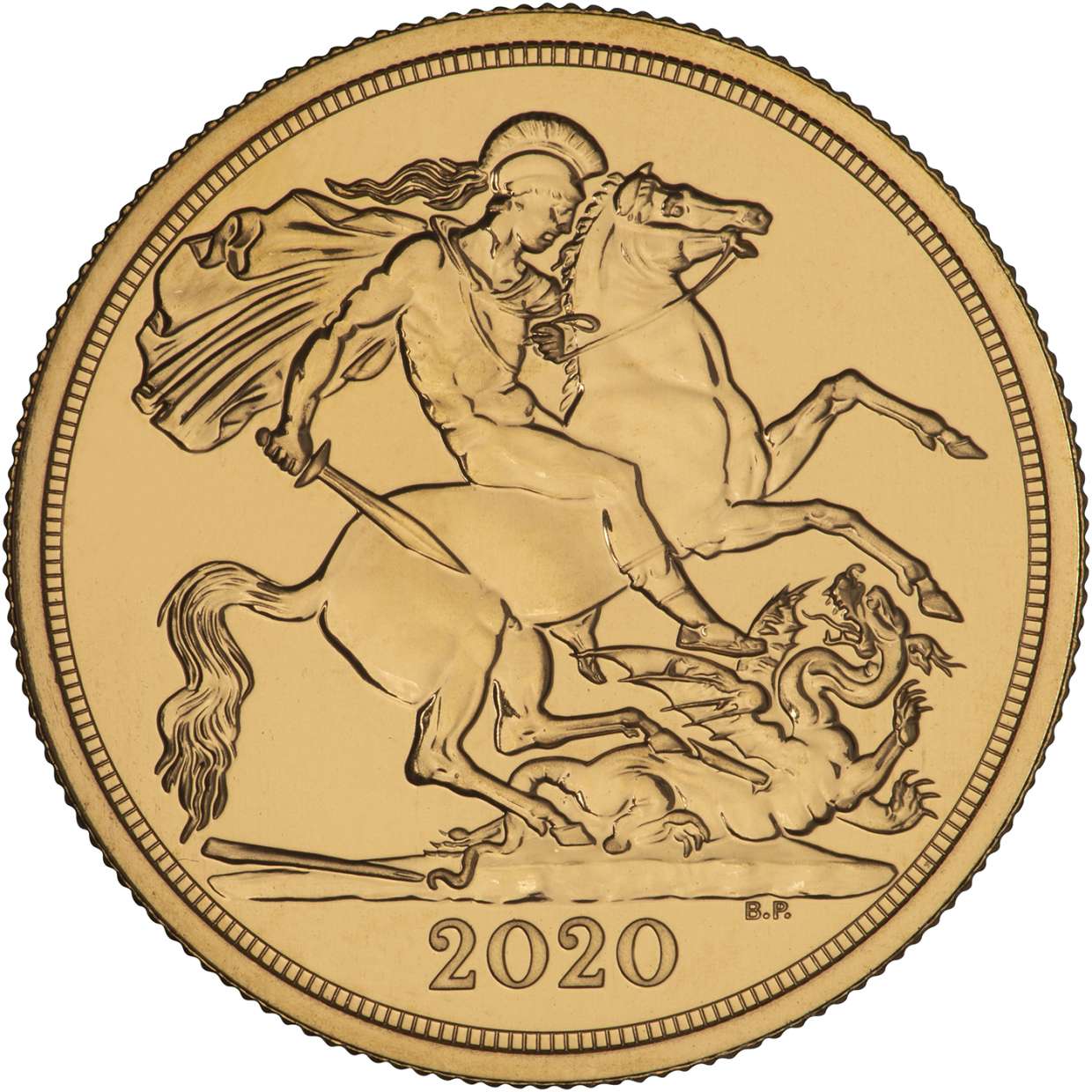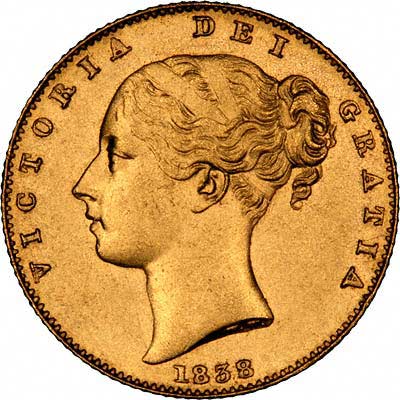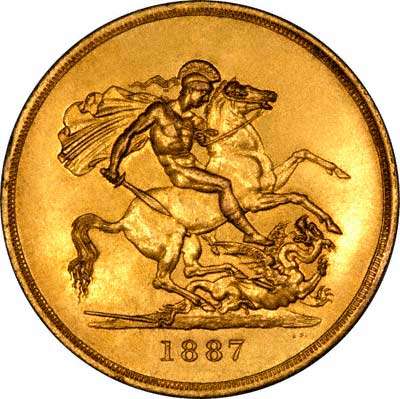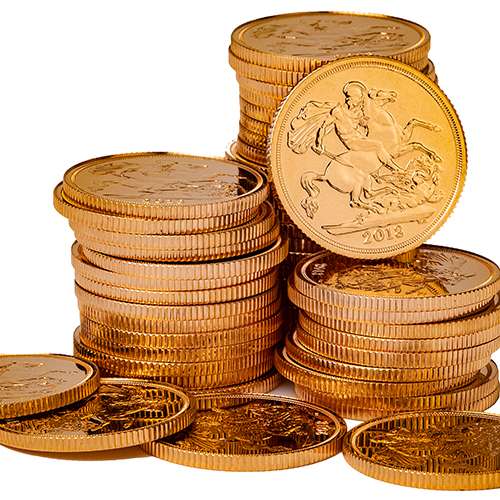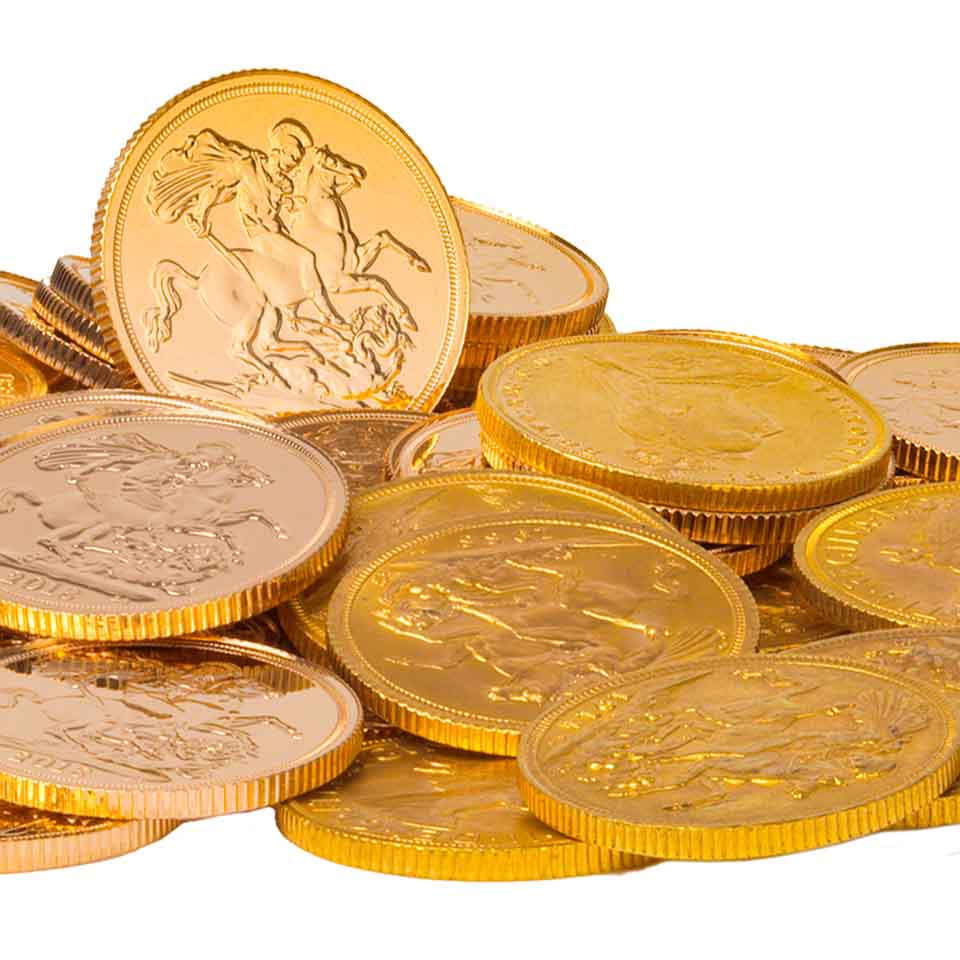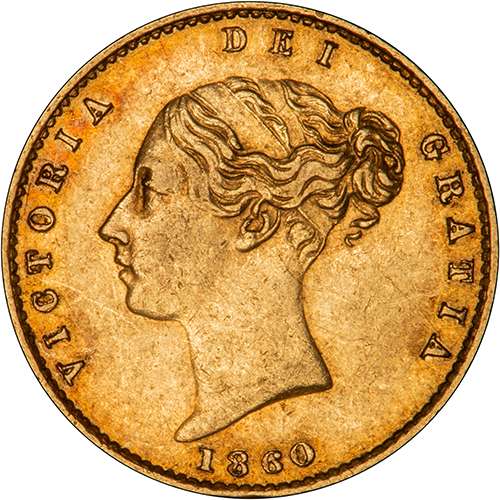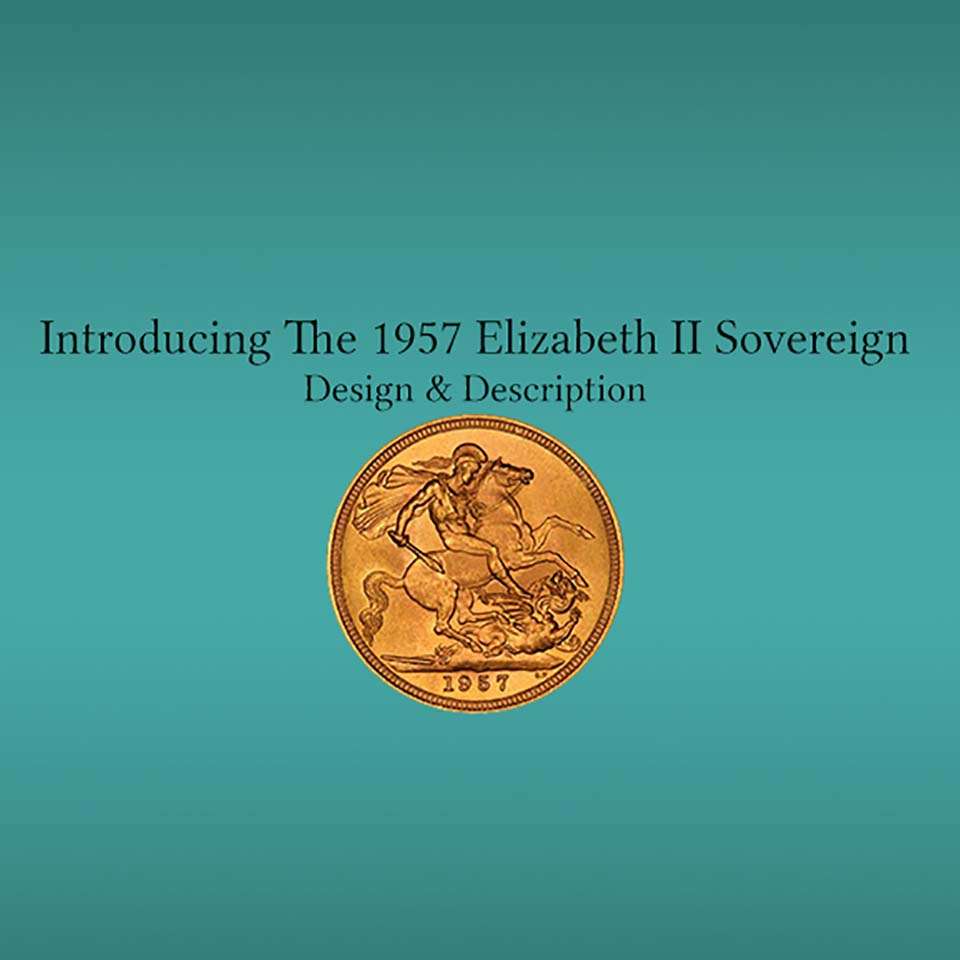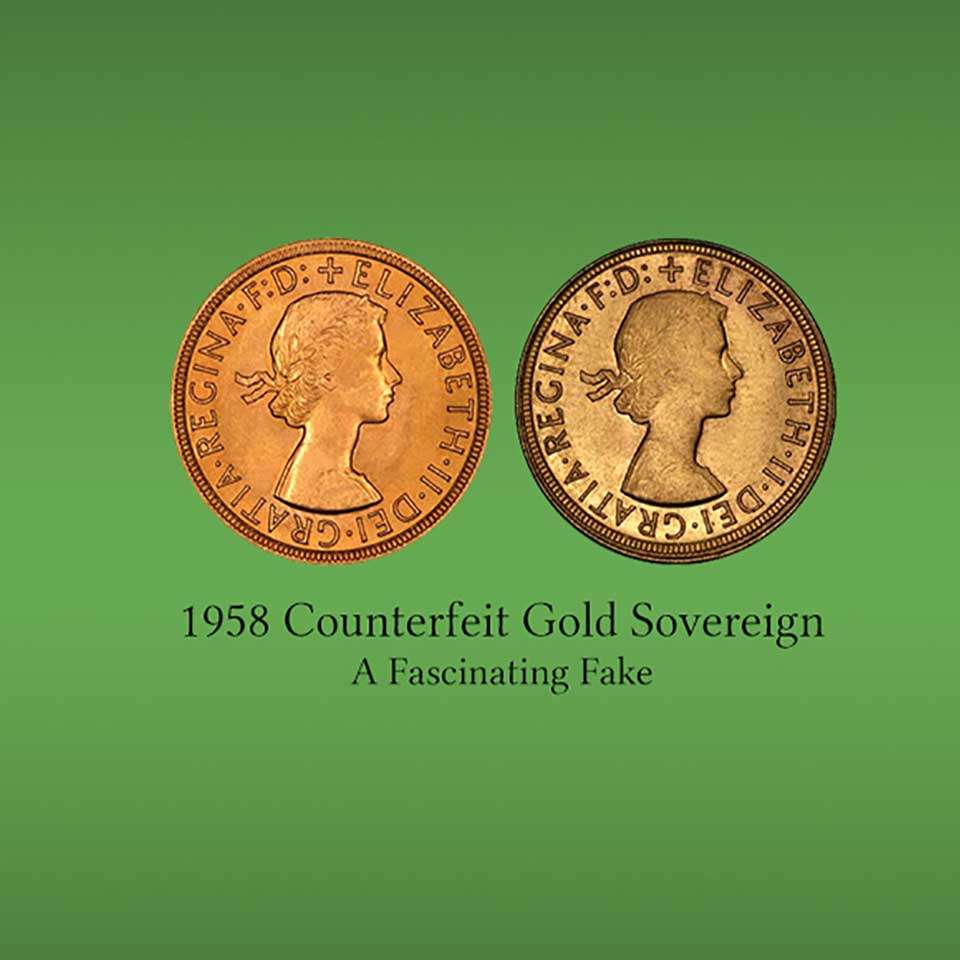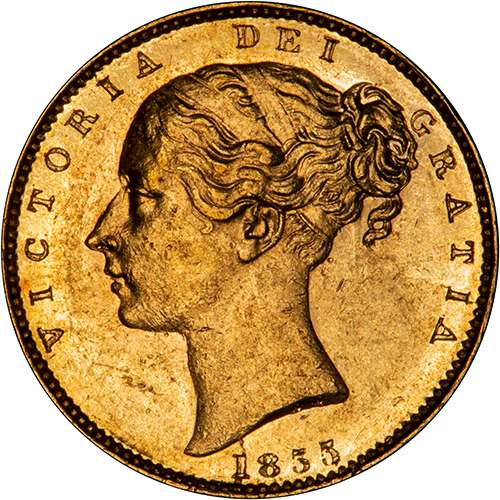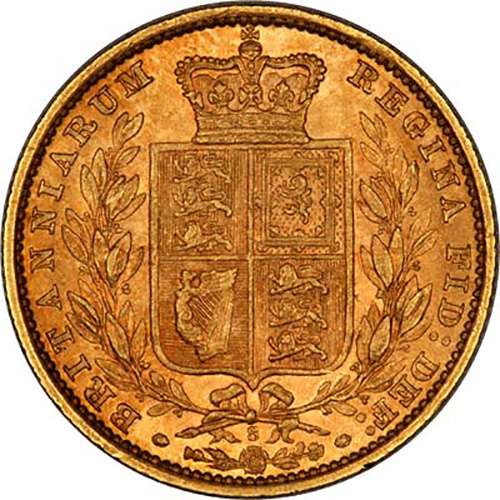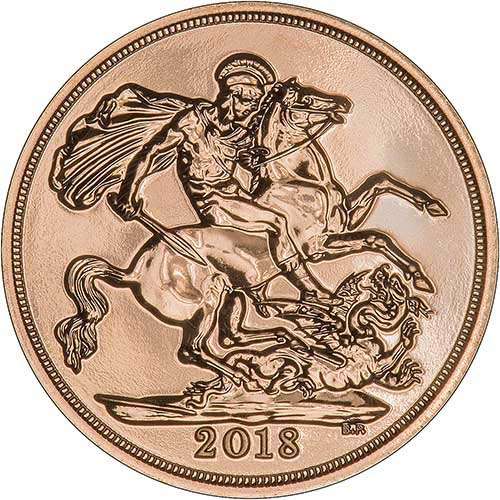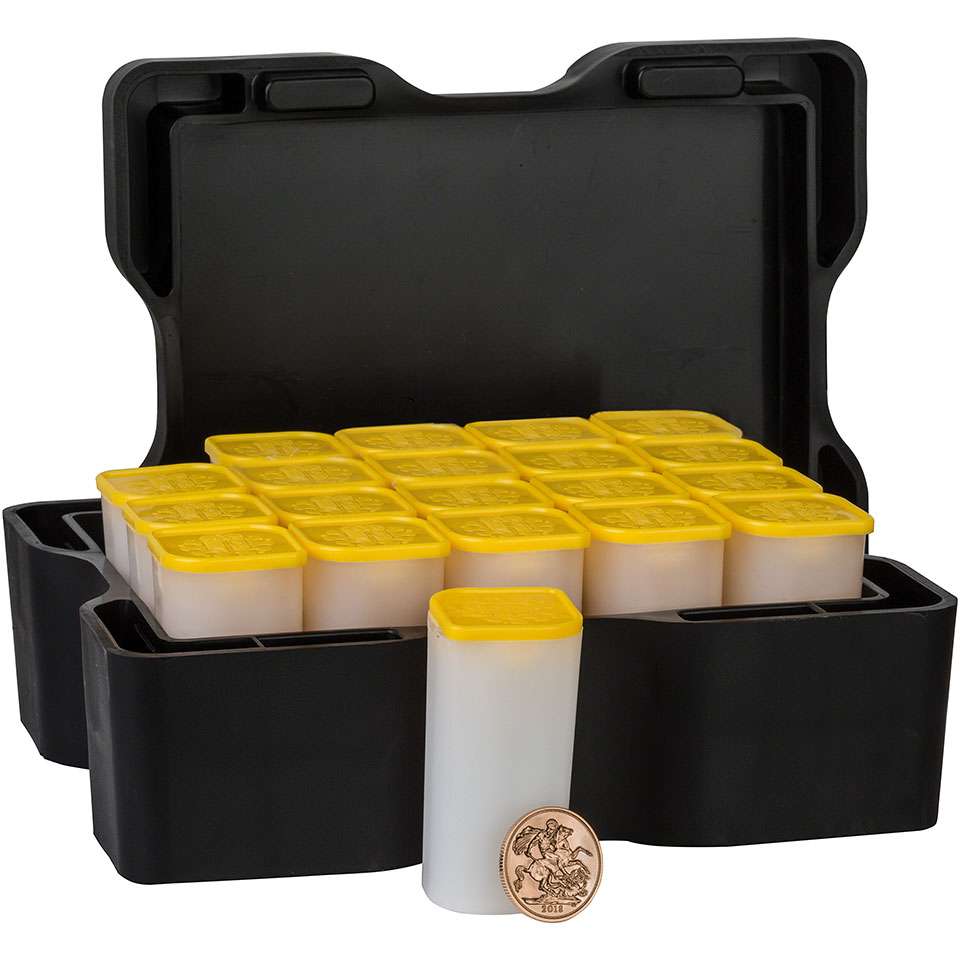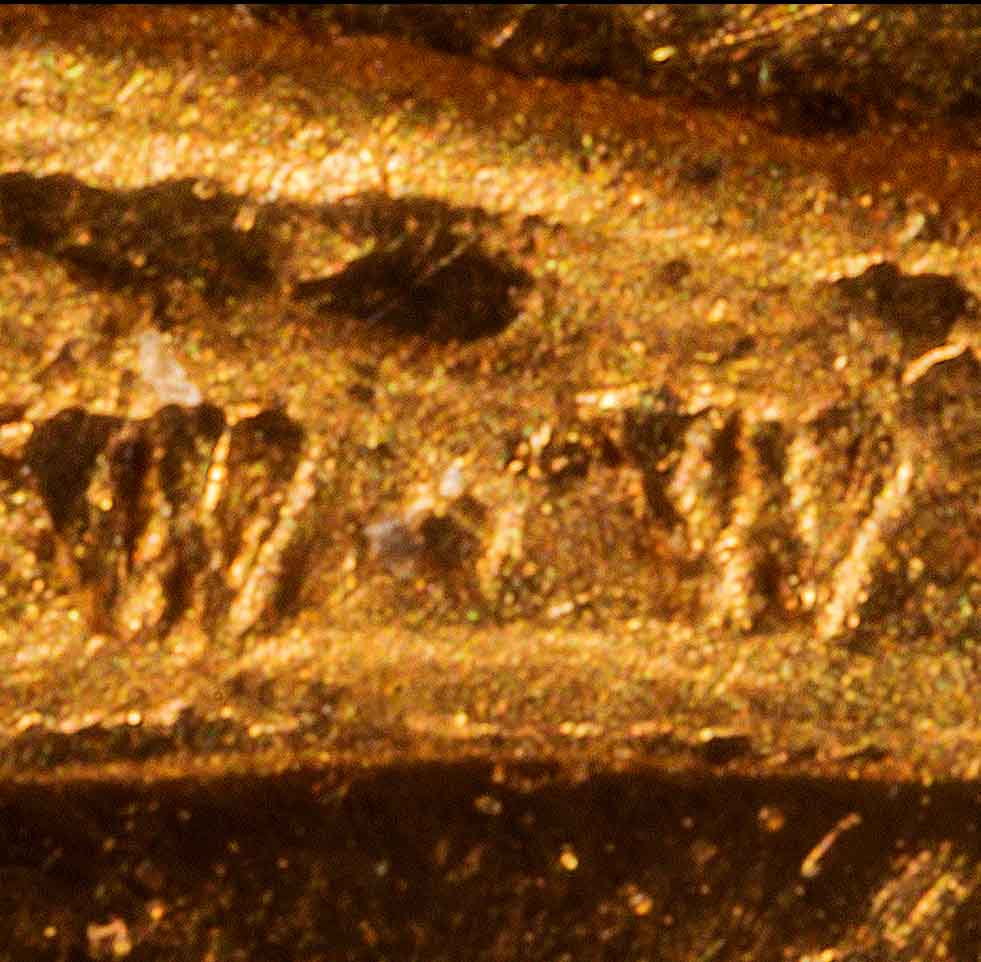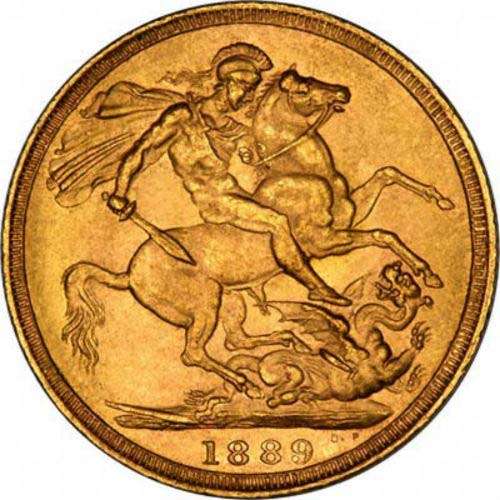What Does £100,000 in Counterfeit Gold Sovereigns Look Like?
Synopsis
Explore counterfeit coins as our CEO, Lawrence Chard, unveils £100,000 in fake gold sovereigns. Discover ways you can identify fakes and uncover their intriguing stories. For a comprehensive analysis, watch our Over £108,000 In Fake Gold Sovereigns YouTube video.

Introduction
I have encountered hundreds of fake sovereigns and coins every day. While my colleagues and I have decided to scrap the large majority of these coins, our in-house photographers have captured images of the most intriguing fakes for further analysis. Our aim in doing this is to educate ourselves, our customers, and any potential investors who may come across our videos. Investing time in studying forgeries provides valuable training for our numismatists and the wider team, ensuring our customers receive only genuine coins. Additionally, a few of our authentic coins are set aside in our 'study later' stock for various reasons.
Unveiling the Black Museum Collection
Our collection of Black Museum candidates often reaches staggering levels due to the team's busy schedules. When I pulled this 'hoard' from our strongroom, the intrinsic gold content worked out at more than £100,000; it was time to sort through and decide which to scrap and which to add as permanent additions to our Black Museum collection. Almost every coin had a potential story to tell, making a great subject for further study, as well as for us to share the findings with collectors, investors, and the general public.
XRF Analysis
For many years, I have relied principally on a detailed visual inspection. In the last 20 years, this has often been aided by high-quality macro photos, which make it easier to see the details. In the last decade, I have had the luxury of being able to use XRF analysis, in our case, employing a Niton machine. As standard, I test each side for 60 seconds.
The Case of Double Sovereigns
To begin I chose 4 double sovereigns (gold £2 coins). All of which were obvious fakes, appearing to be highly polished, and had many typical features of cheap cast imitations.
Fake 1887 Queen Victoria Jubilee Head Gold Double Sovereign
My first coin is a 1887 Queen Victoria Jubilee Head gold two pounds. This is the second most common type of counterfeit coin myself and the company come across, our most common being the similar 1887 gold quintuple sovereign (five pound coin).
This coin is polished, scuffed, scratched, and may have been worn in a piece of jewellery. These characteristics make it challenging to distinguish whether they're caused by the coin being in circulation for a long period of time or if the coin is newly made.
There are many surface indentations and fissures, which I believe are from poor casting. The rim of the double sovereign is rather thick, and near the top left on the obverse, it merges into the border pattern in a suspicious way. It is slightly lightweight at 15.906 grams, compared to a specified weight of 15.9761 grams, although this could be due to wear and tear. I will show the test results below.


Figure 1: Fake 1887 Queen Victoria Jubilee Head Gold Double Sovereign (Obverse + Reverse)
Test Results:

Obverse (Head)
- Au = Gold 910 Tolerance 3
- Cu = Copper 80 Tolerance 1
- Ag = Silver 10 Tolerance 0
Reverse (Tail)
- Au = Gold 908 Tolerance 3
- Cu = Copper 81 Tolerance 1
- Ag = Silver 10 Tolerance 0
Each figure being ppt (parts per thousand).
Hallmarks of Counterfeit Detection
A genuine coin should have a gold content reading of about 916 or 917 parts per thousand (ppt), considering the allowed tolerance. Our coin falls short in gold content, indicating it's likely fake.
While the silver content may not seem crucial, most gold sovereigns from this era typically contain about 3 or 4 ppt of silver. However, 1887 London Mint jubilee sovereigns, including their multiples and halves, usually contain 12 ppt of silver. This difference further suggests that our coin is counterfeit, with a silver deficiency of 2 ppt.
George V Fake Double Sovereigns
Fake 1911 George V Double Sovereign
The first of these double sovereign coins is dated 1911 and has a portrait of George V on its obverse. 1911 double sovereigns were only issued as proof coins in sets, commemorating George’s Coronation year. Only 2,812 sets were issued, making these coins rare and valuable.
This coin caught my eye with its noticeable shiny, polished appearance. However, when I inspected the double sovereign closely, it wasn't polished, as there were no abrasions. Then I viewed the coin from a distance, the light reflections on the obverse suggested it was slightly convex. Running my fingers over it, I noticed that the raised rim felt sharp in places, as did the edge serrations.
Moreover, it felt unexpectedly heavy, about 25% heavier than expected. It seemed too thick, although this wasn't immediately noticeable. Another clue was the incuse punch mark “21ct” visible on the reverse, located between the horse’s backside and the ground.


Figure 2: Fake 1911 George V Gold Double Sovereign (Obverse + Reverse)
The area around the punch mark is concave, while there is a corresponding raised concave “bruise” mark on the obverse, clear evidence that the punch mark was applied after the coin was made.
On the reverse side of the coin, there is lettering from the obverse, as though from a clashed die. Some of it appears as a mirror image, while in other parts, it seems to be the normal orientation. The obverse displays the incuse and mirrored "1911," along with outlines of the George and Dragon reverse.
The weight was 20.0136 grams, but it should be just under 16 grams. Since I have tested it, I will share the results:

Test Results:
Obverse
- Au = Gold 919 Tolerance 4
- Cu = Copper 78 Tolerance 1
- Ag = Silver 1 Tolerance 0
Reverse
- Au = Gold 917 Tolerance 4
- Cu = Copper 82 Tolerance 1
- Ag = Silver 1 Tolerance 0
Taking the tolerance into account, the gold content was entirely within the normal range for a genuine coin. The silver content was surprisingly low; I would have expected about 3 or 4 ppt for a genuine coin. The gold fineness was correct for 22ct gold, but was too high for 21ct gold, which would be 875 ppt.
Fake 1887 George V Punch Mark Variant (K) Double Sovereign
The third coin was dated 1887, but had a portrait of King George V, an obvious anachronism on its obverse. This coin bears a 22K punch mark (K being the usual American initial for Karat), but its gold content was too high at about 935 ppt, equivalent to 22.44 carats. Additionally, it weighed 20.0018 grams.


Figure 3: 1887 George V Punch Mark Variant (K) Double Sovereign (Obverse + Reverse)
We can conclude that the purpose of these fake double sovereigns was for jewellery or for investment in the gold content. In many other ways, this coin shares many similarities with the previous one.

Test Results:
Obverse
- Au = Gold 936 Tolerance 3
- Cu = Copper 61 Tolerance 1
- Ag = Silver 4 Tolerance 0
Reverse
- Au = Gold 934 Tolerance 4
- Cu = Copper 62 Tolerance 1
- Ag = Silver 4 Tolerance 0
Fake 1887 George V Punch Mark Variant (C) Double Sovereign
This 1887 George V coin had a “22C” punch mark. Its gold content was even higher at about 955.5 ppt, equivalent to 22.932 cts. It weighed 20.008 grams.


Figure 4: 1887 George V Punch Mark Variant (C) Double Sovereign (Obverse + Reverse)

Test Results:
Obverse
- Au = Gold 955 Tolerance 3
- Cu = Copper 40 Tolerance 1
- Ag = Silver 5 Tolerance 0
Reverse
- Au = Gold 956 Tolerance 4
- Cu = Copper 39 Tolerance 1
- Ag = Silver 5 Tolerance 0
Fake 1887 George V Punch Mark Variant (ct) Double Sovereign
The last of our coins was also 1887 George V, but this time had a “21ct” punch mark, like our second coin, its 1887 Victoria sibling. It weighed 20.0036 grams, and its gold content was about right for 22ct.


Figure 5: 1887 George V Punch Mark Variant (ct) Double Sovereign (Obverse + Reverse)

Test Results:
Obverse
- Au = Gold 912 Tolerance 4
- Cu = Copper 84 Tolerance 1
- Ag = Silver 4 Tolerance 0
Reverse
- Au = Gold 919 Tolerance 3
- Cu = Copper 76 Tolerance 1
- Ag = Silver 4 Tolerance 0
Conclusion
It is unusual for us to have 4 “sibling” coins like this in stock at the same time. I seem to remember us buying them in from the same person, and being surprised that although they all carried a familial similarity, they all had subtle differences. I hope you have found this instructive.
Related Articles
This guide and its content is copyright of Chard (1964) Ltd - © Chard (1964) Ltd 2025. All rights reserved. Any redistribution or reproduction of part or all of the contents in any form is prohibited.
We are not financial advisers and we would always recommend that you consult with one prior to making any investment decision.
You can read more about copyright or our advice disclaimer on these links.


